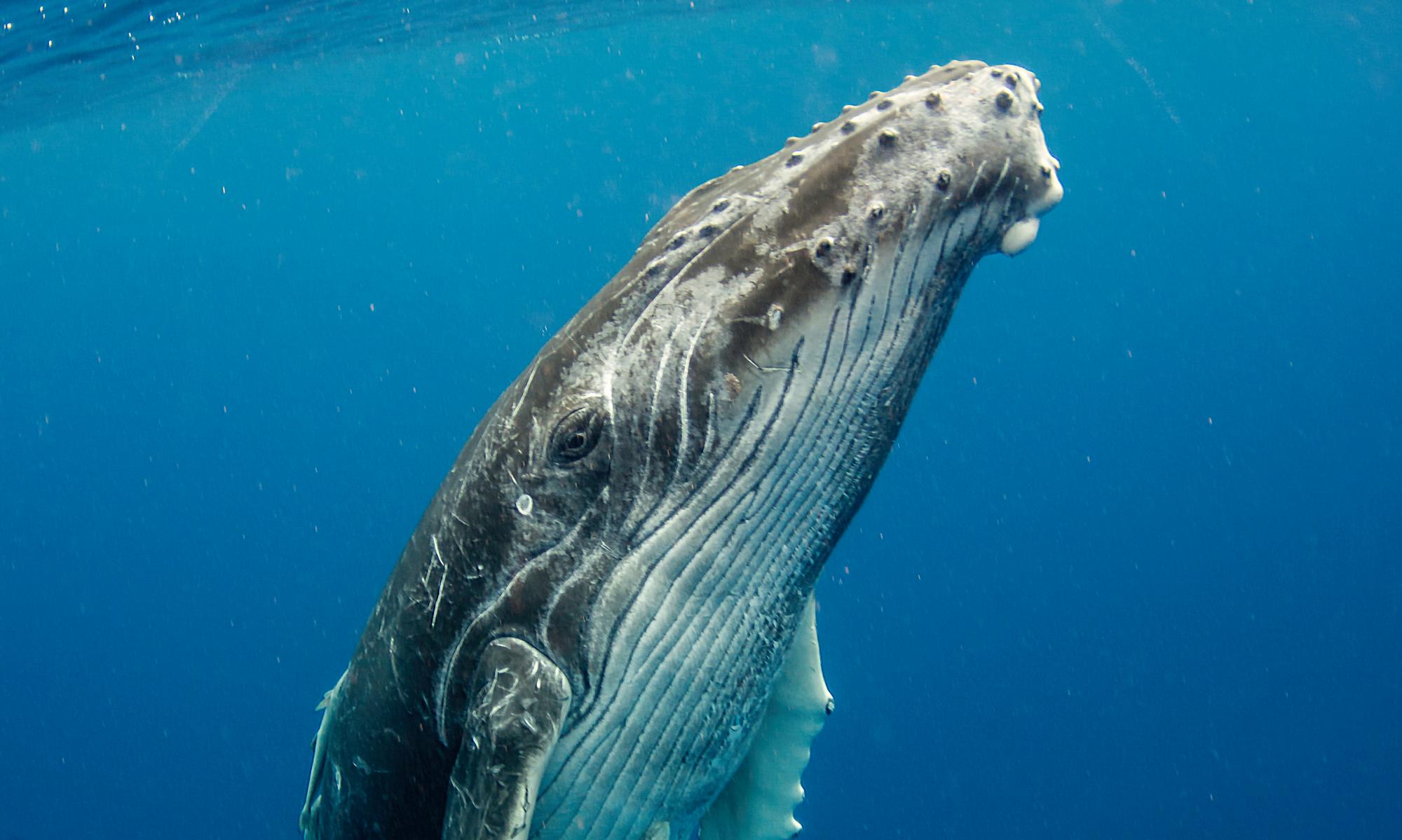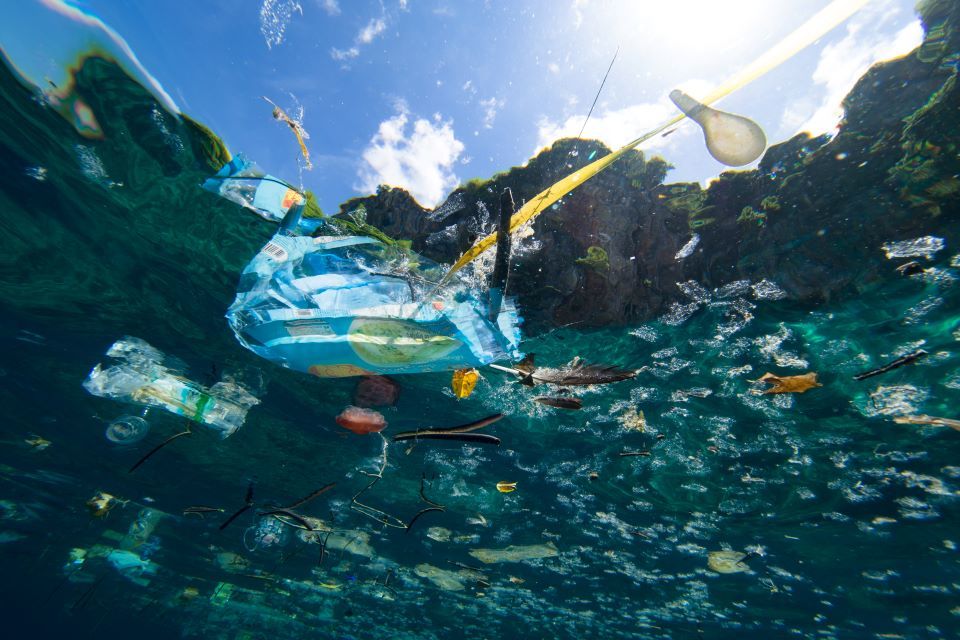This year is the 10th Plastic Free July, a campaign that asks individuals to change their approach to single-use plastics for one month a year. The campaign’s founder Rebecca Prince-Ruiz says she never intended it to be a campaign or global movement. “I wanted to change my own behaviour,” she says.
In 2011, while working in local government in Australia, she visited a recycling facility and says she “was overwhelmed by how much waste we produce”. That year, she decided to cut back on her single-use plastics, and 40 co-workers joined her in the challenge.
By 2019, the campaign had grown to over 250 million participants. “Back then the whole plastic pollution problem … just wasn’t on people’s radar. Plastic Free July really grew because so many people felt the same thing. This was something practical and tangible we could do about it.”
Of 2020’s challenge, she says: “In some ways it’s been a little bit easier, not travelling and just being at home. I’m really being mindful of trying to reduce my food waste. I’ve learned to make stock from wilted veggies and I’ve been making my own pastry, which is so much fun and avoids the packaging as well.”
Another “game-changer” for Prince-Ruiz was “making a shift to reusable menstrual products” – for both convenience and cost. “I can’t believe how much money I used to waste on that stuff,” she says.
Prince-Ruiz says the campaign is about making small, incremental changes. “I think if we try to do everything you’re going to fail. If you choose one or two things, people make the challenge their own.”
Guardian Australia spoke with four other Plastic Free July participants, both newbies and experts, about what they’ve learned this month.
‘We’ve made a conscious effort to think ahead’
- Elliot Liebermann

I’d like to think I’ve always been conscious of reducing my plastic waste, but the reality is I’ve only started to do something about it in recent years. It was something that was drilled into me as a child, but as a child it’s not a tangible problem. It’s only when you start to get a better understanding of the world we live in that you start to really feel a sense of responsibility for it.
Throughout my 20s, as responsibilities in life start to mount, it’s something I started to think about more. My partner and I have been consciously reducing our plastic waste for the past few years, but we decided to embark on Plastic Free July for the first time this year to take things to the next level. It helps to have a set timeframe that you can really focus your efforts on.
On the whole, going completely plastic free has been much harder than we thought. Taking part gives you the opportunity to really assess your plastic consumption on a day-to-day basis, and it’s only then you realise just how much plastic you use. It’s easy to focus on plastic bags and food packaging, but the reality is plastic is used in pretty much every aspect of our lives. Whether it’s the toothbrush you brush your teeth with, or the credit card you use at the supermarket, we found it pretty much impossible to cut it out altogether. It was at that point of realisation we decided we’d treat our July as a month for doing as much as we could to cut out the unnecessary use of plastics, rather than attempting the literal meaning of the challenge.
We’ve made a conscious effort to think ahead. Being out anywhere for the day, be it a trip to the shopping centre, or going to see friends, the main factor in using more plastic is buying stuff. If you buy something, the likelihood is you’re not only buying what you intended, but also some sort of plastic that comes with it. Be it the plastic bottle your water comes in, or the cellophane sleeve on the birthday card you bought for a friend.
So now when we’re out and about, we make sure we take our own water and do other small things that mean we can steer clear of coming home and filling the recycling bin. We think about where are we going, and what are we going to need. Filling a bottle of water and grabbing a few reusable bags are now second nature to us. It’s about being smart, it makes for a less stressful day and gives you a little sense of pride, knowing you’re doing your bit. Something as simple as checking the fridge before you leave, to know that you’re coming home to lunch, means you’re not in two minds when you pass the sushi stand and feel like you’ve got to grab something.
‘There’s lots of really great stuff out there’
-Jennifer Drysdale

The most surprising thing about going plastic free for a month was also quite funny – there was a lot less asking my 16-year-old daughter, “Will you PLEEEEASE take the recycling out!” – I hadn’t realised that I say that so often.
My mum gifted me Onya bags, which are weightless mesh bags for collecting your fruit and veggies at the shops – so no plastic. The Onya bags make the biggest difference. I can shop at any fruit or veggie outlet and don’t get the multiple thin, plastic bags.
I now use beeswaxed fabric cloths rather than plastic film, which keeps things well and improves soft cheeses (which I was thrilled with), and glass dishes – yes they have the plastic lid, but they go from fridge to microwave to oven to freezer and last forever. My daughter bought those plastic “takeaway” containers to store cooked food, but I realised what mattered was something that would be simply stackable in the fridge, so swapping to glass was easy and more useful. I like the satisfaction of improving my household. With the stackable glass containers, my freezer became surprisingly orderly.
Using less plastic was easy in some respects and harder in others. It took thought and a little planning, but the actions were easy. Plus, I celebrated the wins and ignored it if I forgot. Buying meat was the hardest – I didn’t get away from the butcher’s plastic bags, but plastic-free me had planned further ahead, so I bought for longer periods – less plastic, and it actually worked out cheaper. Surprisingly, it was enjoyable planning out the meals. It has made me realise meat and pre-prepared food are a real problem. More and more our society is buying prepared food, for many reasons, and the packaging that goes with that will damage our planet – mostly our backyards. We have to get smarter in this regard.
‘Purchasing from different brands is a big factor in switching up my routine’
-Alicia Eu

I’ve been doing Plastic Free July for three years. It’s been an evolving process where I try and focus on a different aspect of plastic waste every year, so that it becomes part of my routine and a behaviour change that would last beyond the Plastic Free July month itself.
In year one, it was about making simple and easy changes – taking a Keep Cup to work, switching out plastic bags for reusable ones in grocery runs. In year two, I was bringing tupperware to my local butcher to buy meat, bringing smaller bags to carry my fruits and veggies, and stocking up on dry goods with my own jars.
This year, I started to actively make changes to some of the beauty and hygiene products I was using at home, and being selective about the brands I was buying from.
Trying to go plastic-free for my beauty products has been a huge challenge – outside of organic brands, very few have a focus on reducing plastic waste in their packaging. Things like soap, creams, shampoo, conditioner, even mosquito repellent and rosewater spritz have been easy, but one of the criteria I set for myself this year was if it wasn’t a plastic-free, lower-plastic, or a reused plastic packaged product then I wouldn’t wear it. I’m not wearing as much makeup!
That being said, one of the most surprising aspects was the ease with which I could bring my own containers for shampoos, conditioners and face creams in Australian stores like Scoop. I’ve also been shopping from Lush because they have a circular recycling policy too. It’s still early days as to whether I’ve seen any changes to my skin and hair, but moving forward, I’ll keep buying refillable shampoo, conditioner, soaps and creams. But I think a step in the right direction for beauty brands would be to offer refills on products in store.
‘The two biggest barriers to going plastic free are price and convenience’
- James and Sarah Creer

We studied environmental degrees at university and have always had a passion for protecting our environment. As the parents of a one-year-old, unfortunately, there are a lot of products that come with some plastics – things like medicine, baby wash and nappy cream – so in these instances, we chose products that have packaging which can be easily recycled.
We try to make most baby food from scratch, but when we are out and about and give our daughter store-bought baby food, we choose products that are in glass jars instead of pouches.
Going completely plastic free was quite challenging, as there are just so many everyday essentials that are packaged in plastic, and for some of these items, it was difficult to find plastic-free alternatives. That being said, making this a focal point in our household for a month encouraged us to think even more about where plastic can be lurking.
Unfortunately, the cheapest and most convenient items are often the ones that contain large amounts of plastic or excessive packaging, so sometimes it can take a lot of research or driving around to find suitable alternatives, some of which can be more expensive.
For the majority of the time, we use reusable modern cloth nappies and baby wipes. Items like these do come with an initial higher upfront cost, but ends up being cheaper in the long run. Overall, our household spending remained the same – it was sourcing products from different suppliers which changed the most. For instance, buying directly from the farmer is a fair bit cheaper rather than from a supermarket.
The most difficult thing was building a routine in the early days and sticking to it! Once it becomes a habit though, it’s just second nature, and you know the things to look out for and the brands to buy. That means reducing plastic use is not overly time-consuming – once you know what products are available and where to buy them, you just build this into your routine. That way the decision for next time is already made.


![[Commentary] Why Indians with means still use plastic, even when aware of its environmental impacts](https://ecoese.com/rimg?o=https%253A%252F%252Fimgs.mongabay.com%252Fwp-content%252Fuploads%252Fsites%252F30%252F2022%252F10%252F21164651%252Fwater-plastic-drink-bottle-mineral-water-bottles-552253-pxhere.com_-768x512.jpg&lang=en)